The single-engine light weight state-of-the-art fighter aircraft will replace the ageing fleet of MiG 21s from the IAF and will be fully operational after attaining the 'Final Operational Clearance' (FOC) scheduled for the end of 2014.
Defence Minister A.K. Antony handed over the 500-page 'Release to Service Certificate' of the aircraft to IAF Chief N.A.K. Browne marking the country's elevation into the select club of nations with capability to produce fighter aircraft.
"During the last three years, the capabilities of the aircraft have been improved significantly. In recognition of the enhanced capabilities, IAF has decided to grant it a higher status, namely, the IOC-II for induction into the service," Antony said.
IOC II signifies that the multi-role single engine light weight fighter is airworthy in different conditions and can now be flown by regular IAF pilots, but it will have to pass several key tests before receiving the FOC.
"After the test now, next is induction. Our Air Force will induct two squadrons of Mark 1 (of Tejas). It will start 2015 onwards," Antony told reporters here. The FOC would come next year which would be 'critical', he said.
"It is a great day for India today," the minister said while admitting that due to time and cost overruns, he had his "share of anxieties regarding the future of LCA when he had taken over as the Defence Minister in 2006."
"But today we are putting behind the moments of self –doubt, frustrations and setbacks which we as a nation have gone through in the last 30 years," he said.
The project was sanctioned in 1983 at a cost of Rs 560 crore, but the overall project cost of the programme including its naval and trainer variants would come to around Rs 25,000 crore. The DRDO has claimed that the IAF version of the LCA has cost around Rs 8,000 crore.
Antony said the improvements in the LCA have enhanced the flight envelope of the aircraft and also its weapon delivery and its performance at recent exercises including Iron Fist at Jaisalmer and the recent missile firing at Goa are examples of such improvements.
"The number of flights nearing 500 within this year provides an indication of this. Operating at IAF bases namely, Jamnagar, Jaisalmer, Uttarlai, Gwaliar, Goa, Leh, Pathankot, the aircraft on occasions has flown thrice on the same day, indicating the operational reliability of this home-bred fighter aircraft," he said.
The Defence Minister said there were several new projects which will give a major boost to military aviation in the country. The programmes include the LCA Mk2 variants of Navy and IAF, Advanced Medium Combat Aircraft, Unmanned Air Systems, Fifth Generation Fighter Aircraft and Medium Transport Aircraft.
"This day marks a historic milestone and signifies India's entry into a select group of nations capable of designing their own state-of-the-art fighter aircraft," IAF Chief NAK Browne said in his speech. He said it was a proud day for the nation as the grant of IOC acknowledges the capabilities of this aircraft and paves the way for the induction of LCA Mk 1 into operational service.
"The progress of such a challenging experimental project without any accident or major incident is unprecedented in the history of aviation," he said. The IAF chief, who will retire on December 31, said, "He would have gone home as a disappointed person if the IOC of the LCA had not been achieved."
Asked if the Ministry of Defence had any plan to reduce delay in the LCA project, Antony said, "At every stage we are learning lessons. 30 years... it is the past, but now we can say we can make it."
He said Tejas has a unique record of being accident or incident-free during its 2,400-odd test flights for over 3,000 hours since its maiden sortie as a technology demonstrator in 2001 and subsequently as eight prototype versions. The fully weaponised Tejas will be part of the series production HAL has taken up to roll out the first 20 aircraft for IOC and another 20 for FOC, he said.
"They will form the first two LCA squadrons for induction from 2015 onwards and will be based at the Coimbatore air force station."
Browne said, "One major phase has passed over and now we look toward the new induction into the force. The LCA will replace the MiG-21." "We will get 40 aircraft and that will be the Mark-II type. Tejas will be battle ready by end of 2014."
"The profile of the aircraft will be accepted by the Air Force. In 2011, there were some things which we had to do and correct some design changes. All have been done now. Now we are fully satisfied with initial operational clearance."
The first squadron of the LCA will be based at the Sulur air base in Tamil Nadu. The first 40 aircraft will be called Mark-I and fly with American GE-404 engines whereas the next lot of upgraded aircraft would be called the LCA Mk-II with more powerful GE-414 engines.
HAL officials said production facilities have been set up at its facility here and it plans to initially produce eight aircraft per year and increase it to 16 aircraft per year in consultation with IAF and Ministry of Defence. Tejas has also successfully demonstrated weapon delivery capability during weapon trials at Jamnagar and Jaisalmer, HAL officials said.
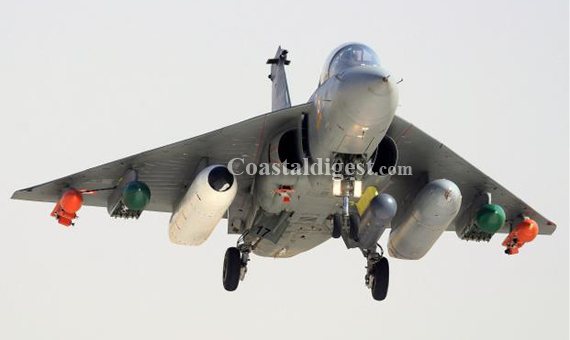
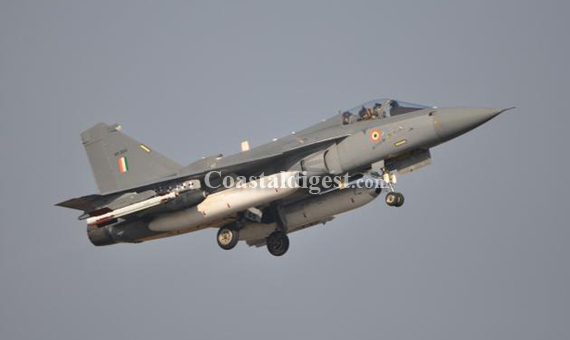
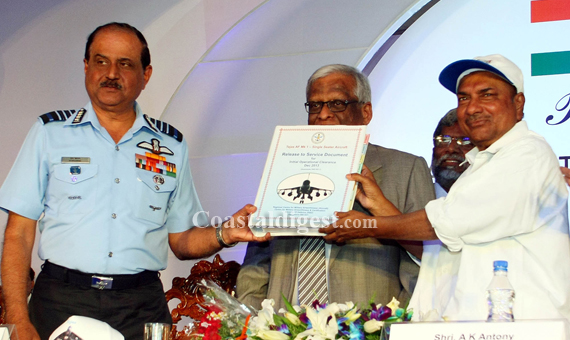
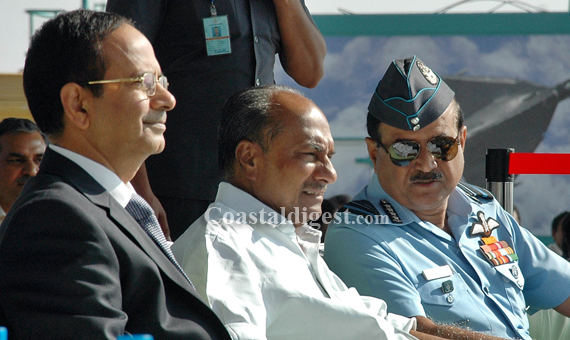
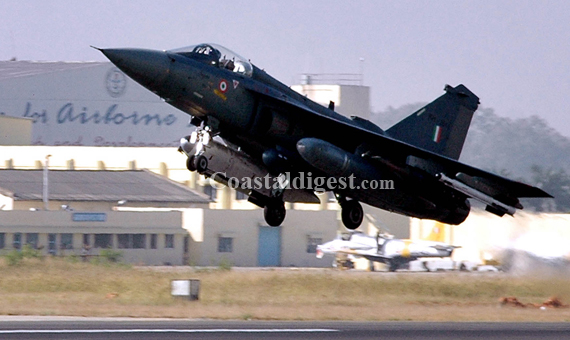
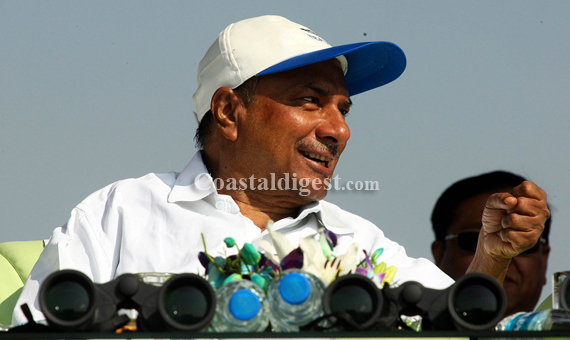
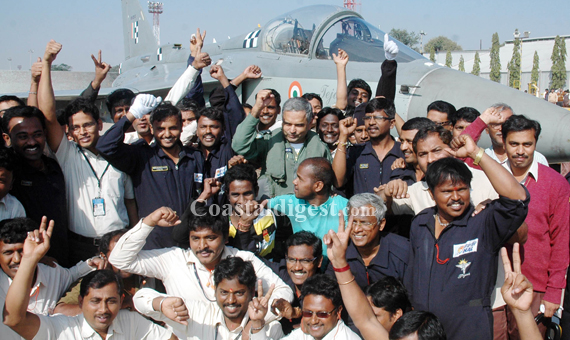






Comments
Add new comment